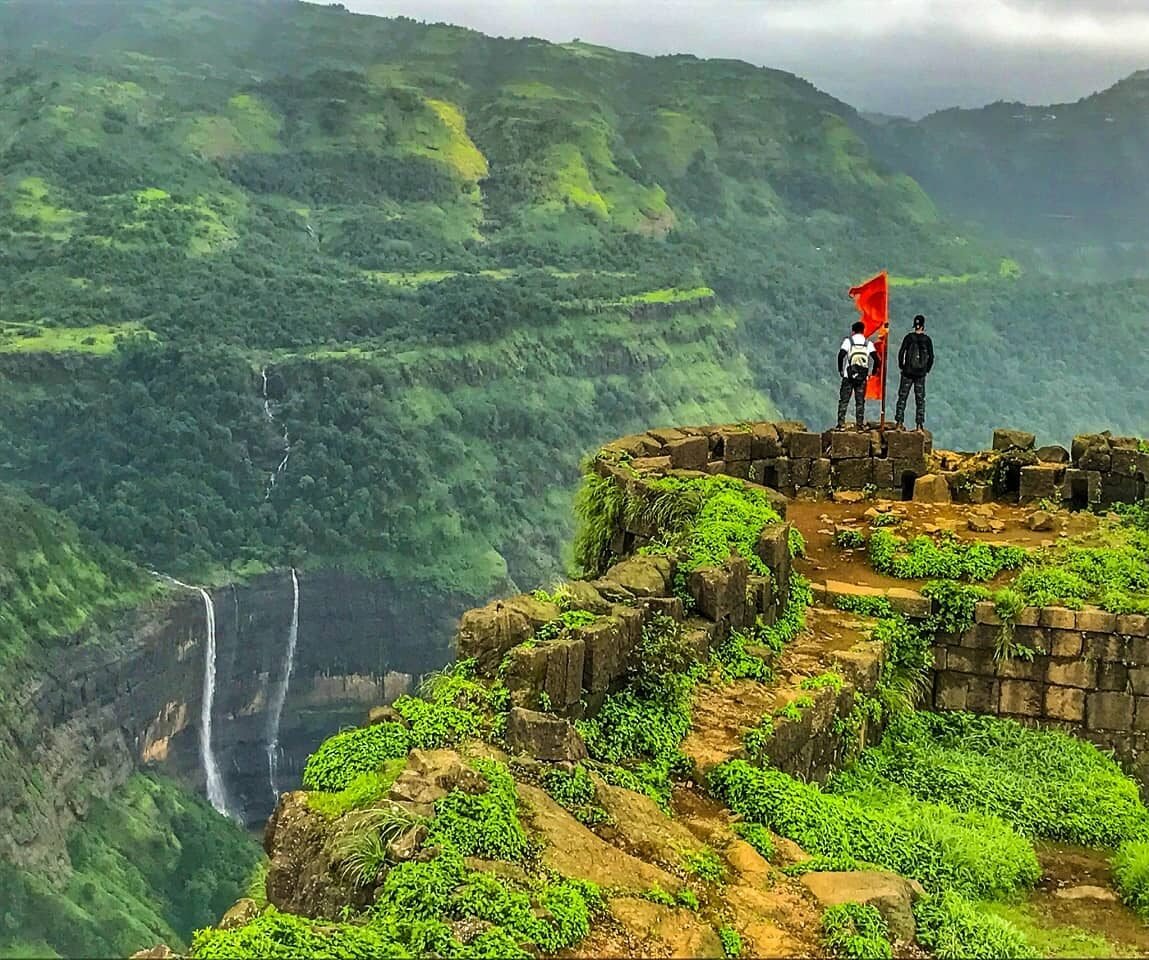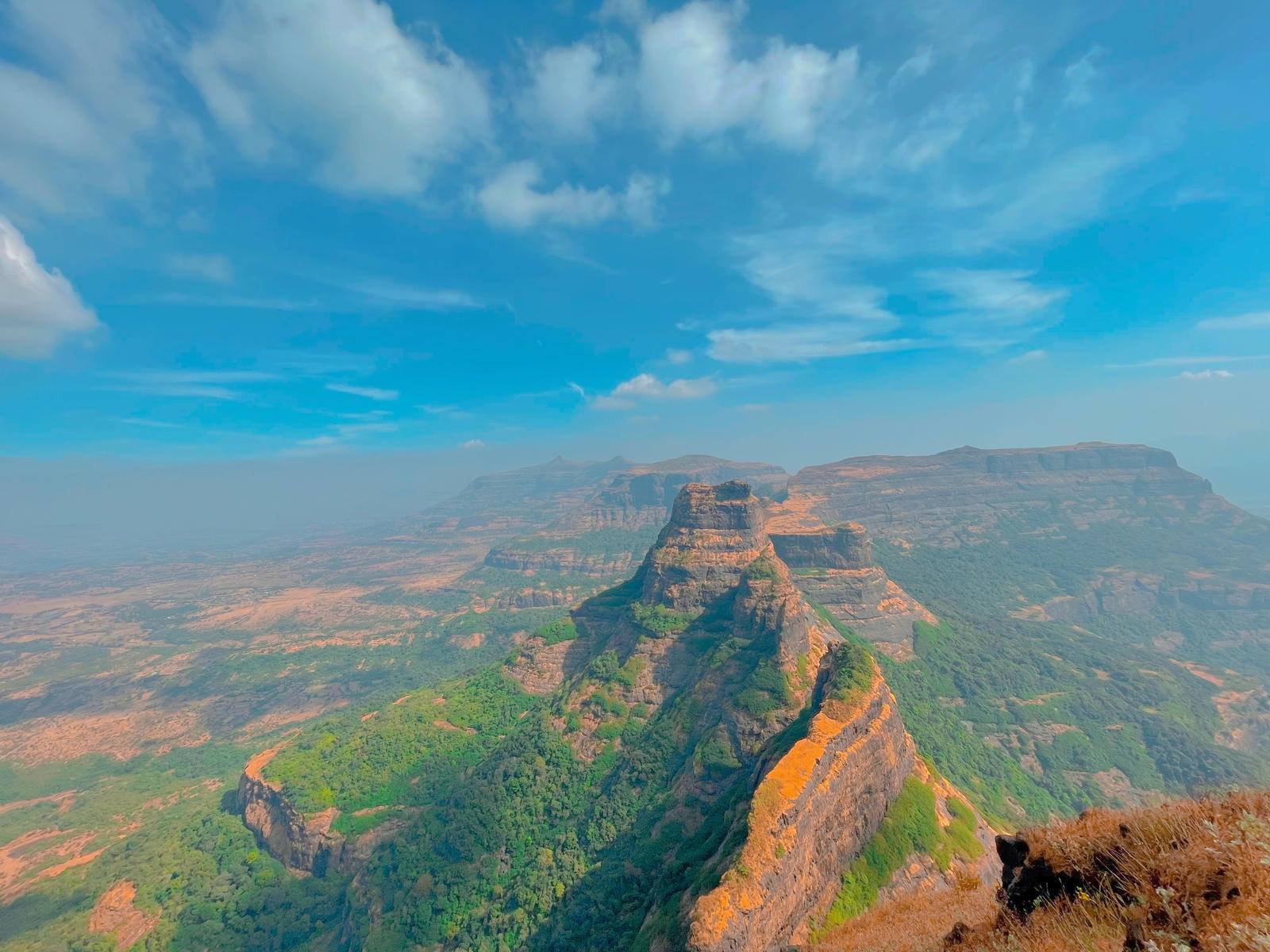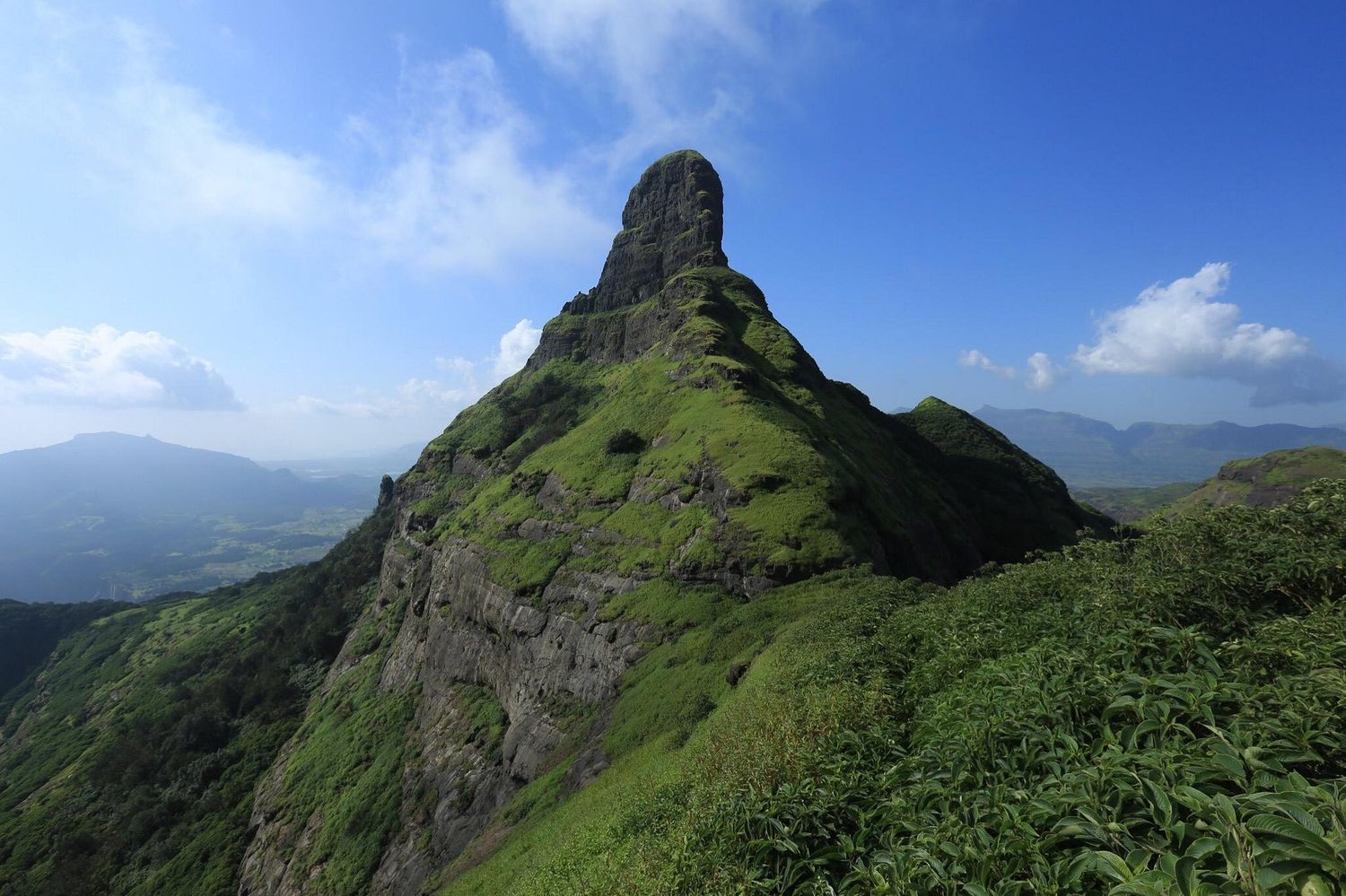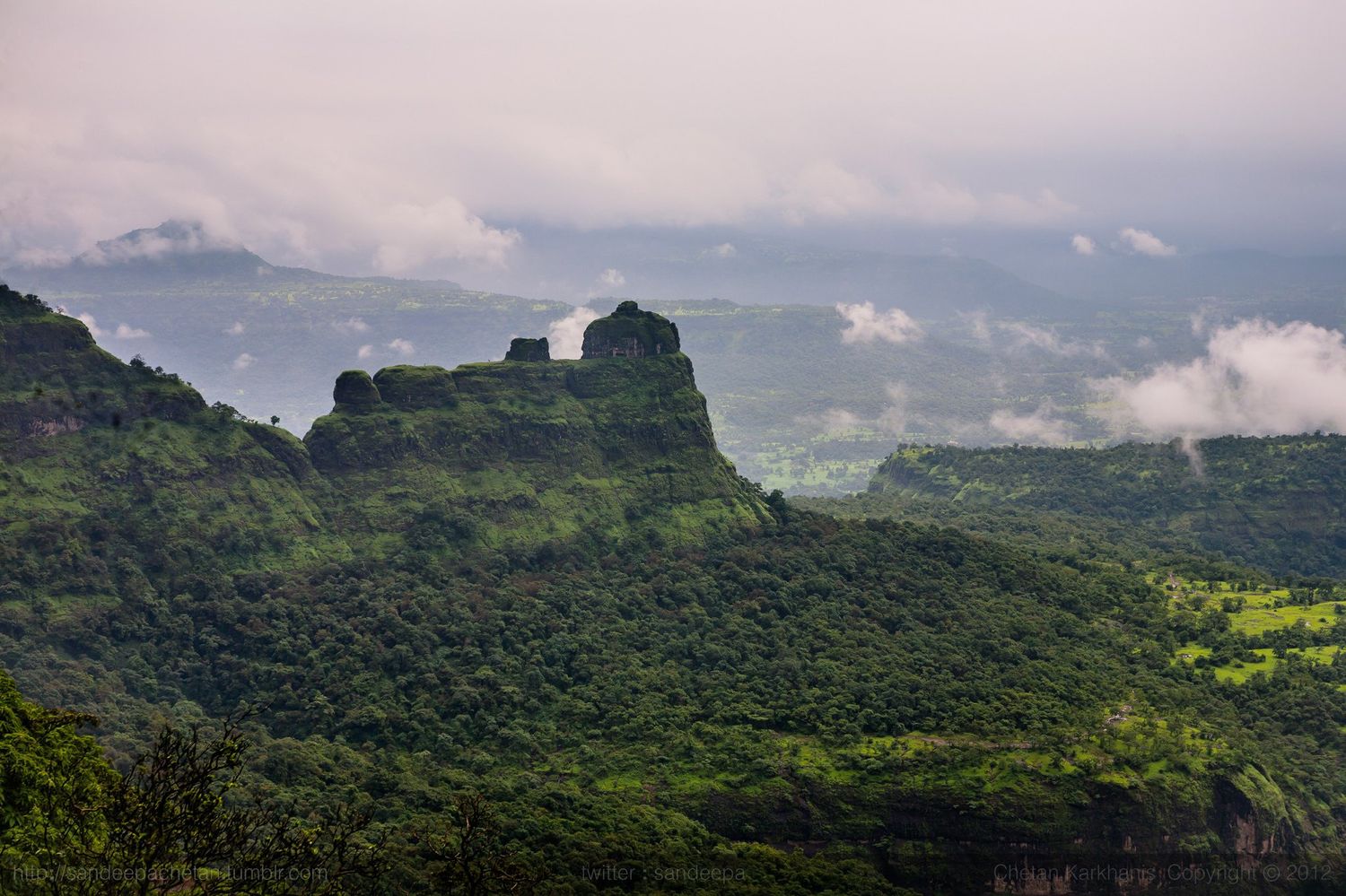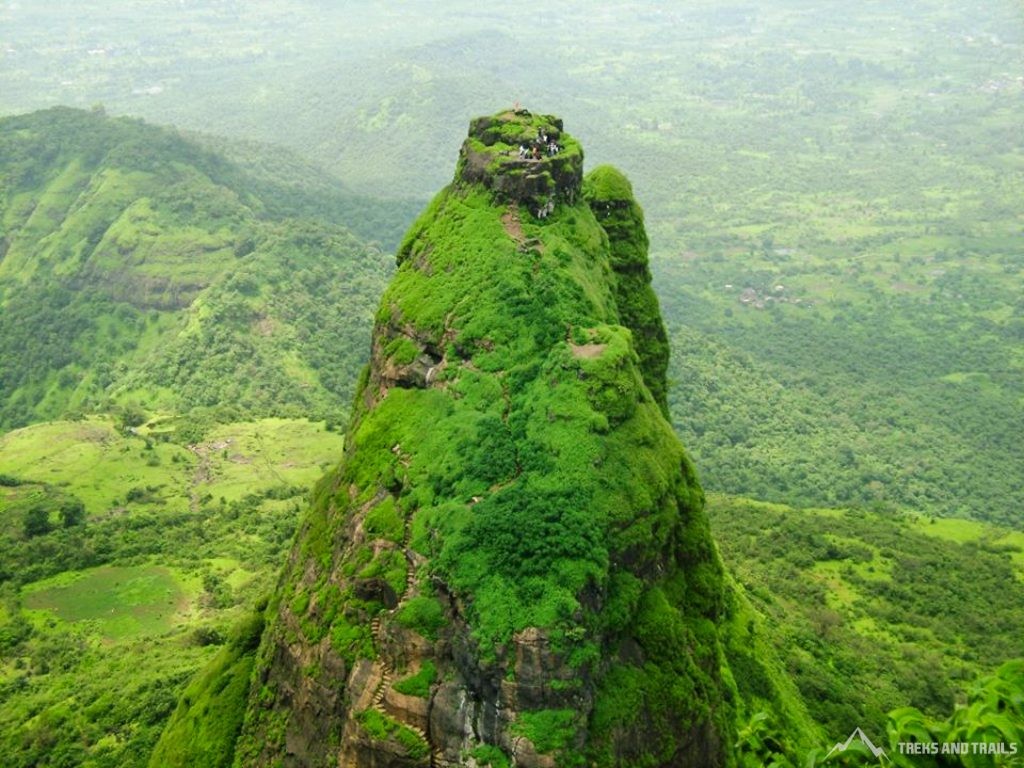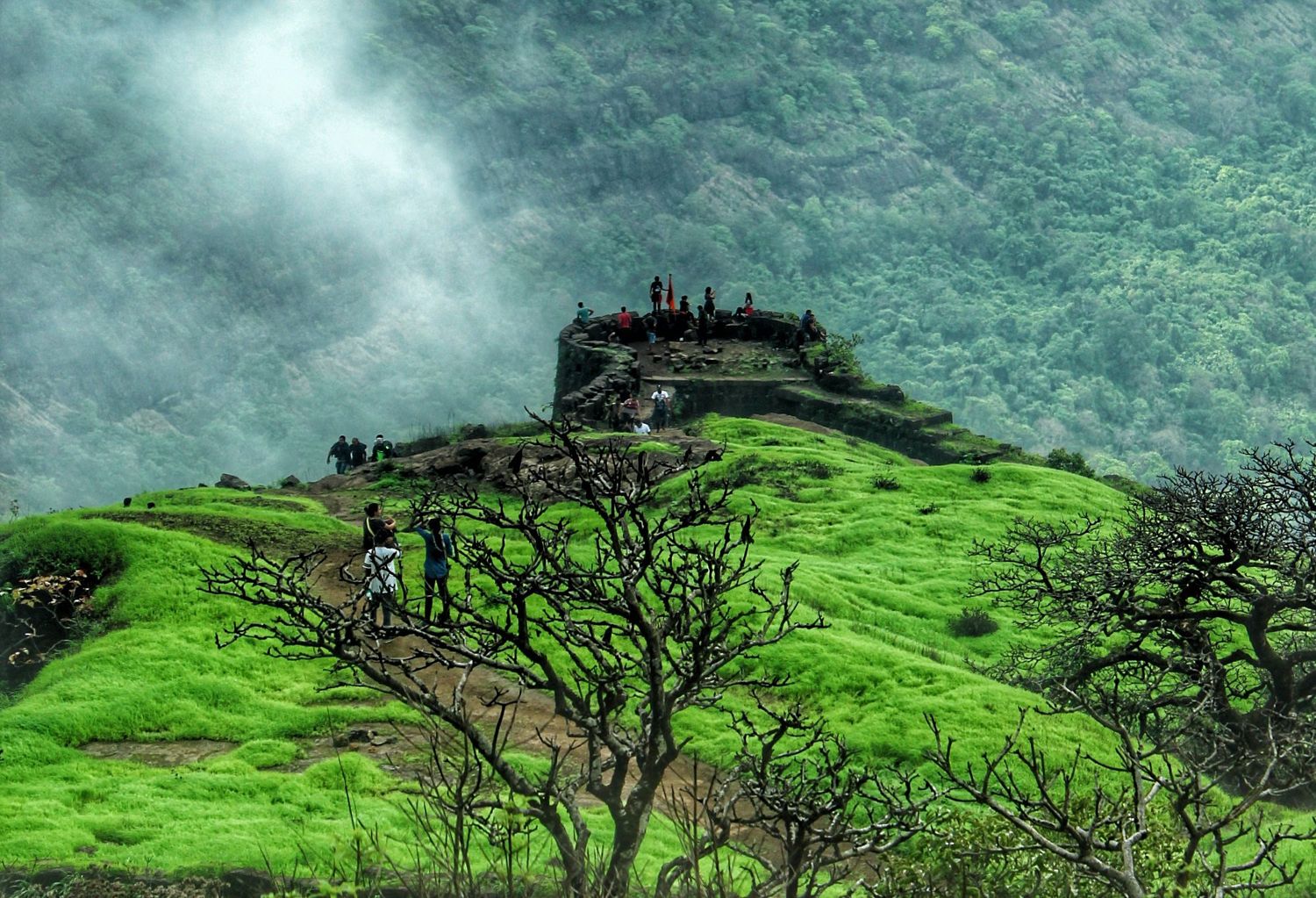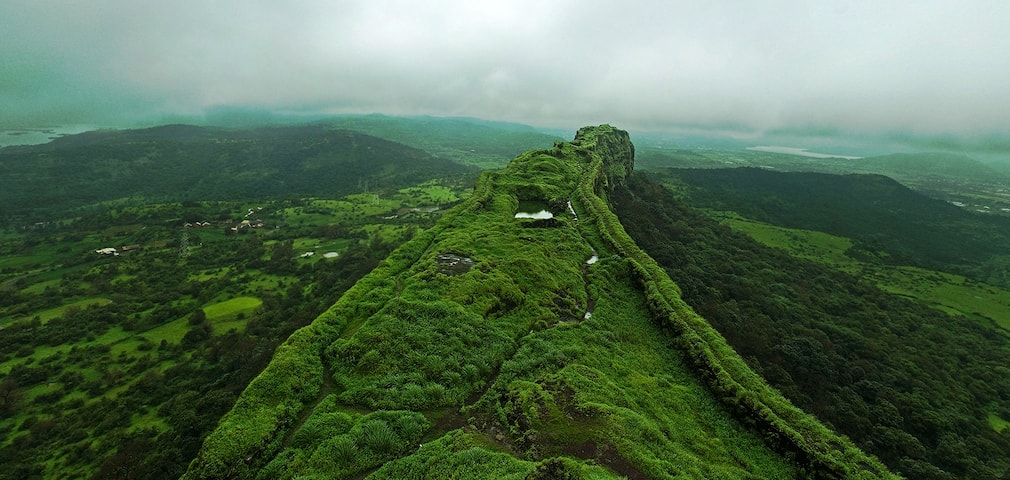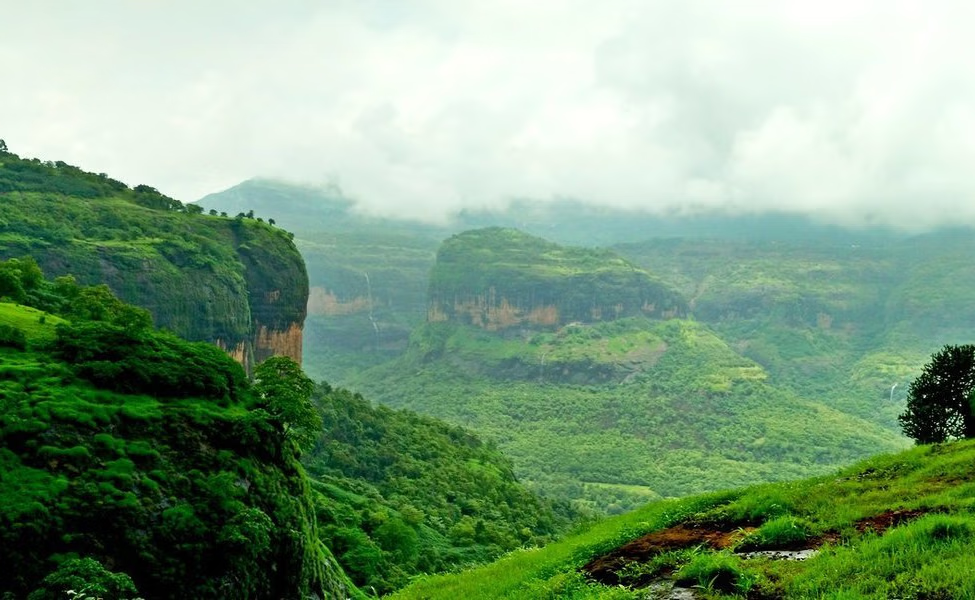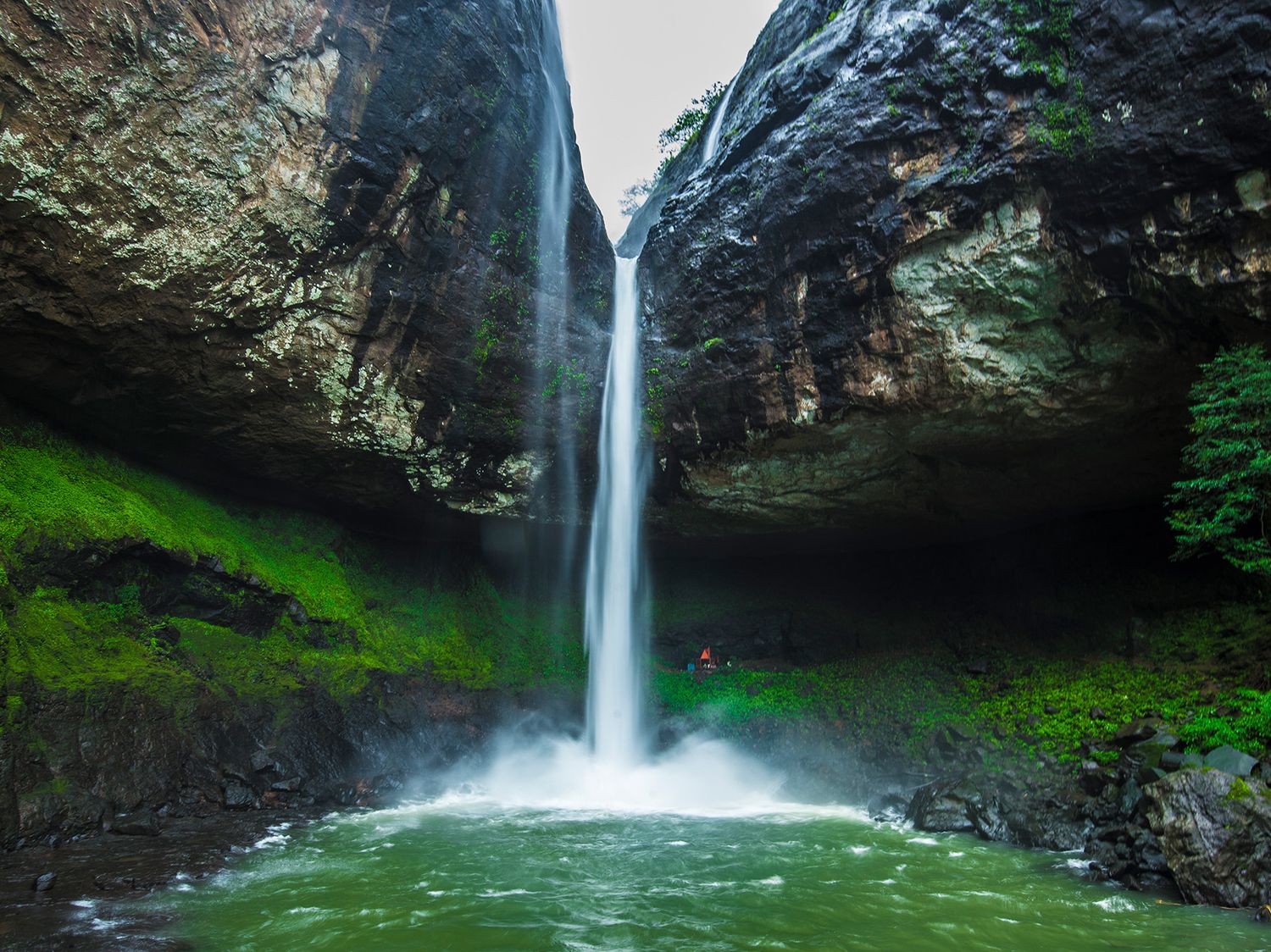Kalsubai Peak Trek: Conquering the Everest of Maharashtra
Standing tall at 1,646 meters, Kalsubai Peak is the highest peak in Maharashtra, often called the "Everest of Maharashtra." This trek offers panoramic views of the Sahyadri ranges, Bhandardara Dam, and surrounding forts like Alang, Madan, and Kulang. It is one of the most popular weekend treks from Mumbai and Pune, attracting beginners as well as seasoned trekkers. The journey combines natural beauty, adventure, and a touch of spirituality, with a small temple dedicated to Goddess Kalsubai at the summit.
The Spiritual Significance
At the summit, a small temple dedicated to the local deity, Kalsubai, attracts villagers and devotees. Many believe the goddess fulfills wishes, making the peak a pilgrimage site as well as a trekking hotspot.
Scenic Monsoon Adventure
During the monsoon, the trail transforms into a lush green paradise with blooming flowers, flowing streams, and misty surroundings. However, the path becomes slippery, adding a layer of challenge and thrill for adventure seekers.
Night Trek Experience
Many trekkers prefer starting late at night to reach the summit by sunrise. The night trek under starry skies, followed by the breathtaking sight of the rising sun above the Sahyadris, is a surreal experience.
Why You Should Do This Trek
Whether you’re a beginner or a seasoned trekker, Kalsubai Peak offers a perfect blend of cultural experience, panoramic views, and accessible adventure. Its proximity to Mumbai and Pune makes it one of the most convenient high-altitude treks in Maharashtra.
